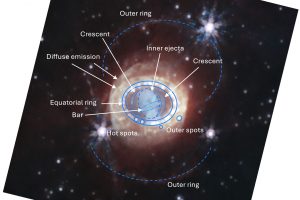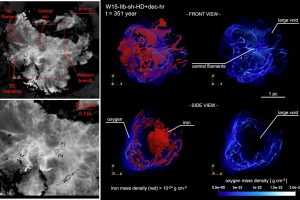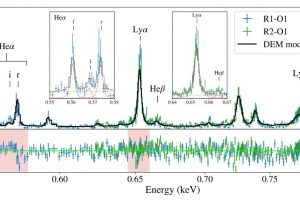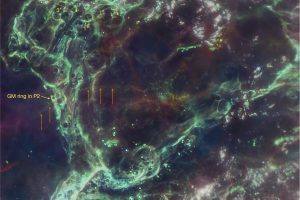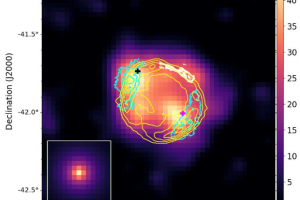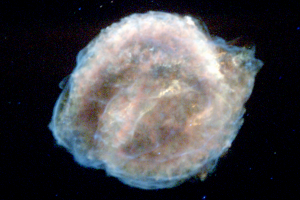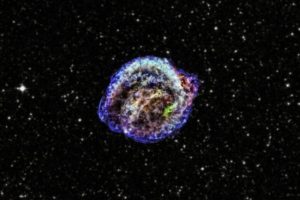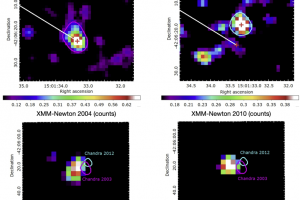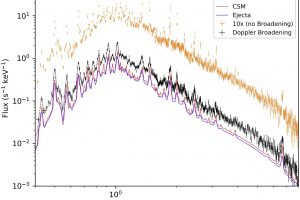Un’esplosione fortemente asimmetrica per SN 1987A. Lo studio: “Tracing the ejecta structure of SN 1987A: Insights and diagnostics from 3D MHD simulations” di S. Orlando (INAF – OAPA) pubblicato su A&A

L’analisi teorica delle proprietà della nuvola di frammenti della stella progenitrice (ossia gli ejecta), che popola la regione più interna del resto di supernova SN 1987A, rivela un’esplosione tutt’altro che simmetrica, dominata da due getti bipolari. La complessa fisica che regola il collasso del nucleo di una stella massiccia e la successiva esplosione di una supernova può essere svelata
» Read more
